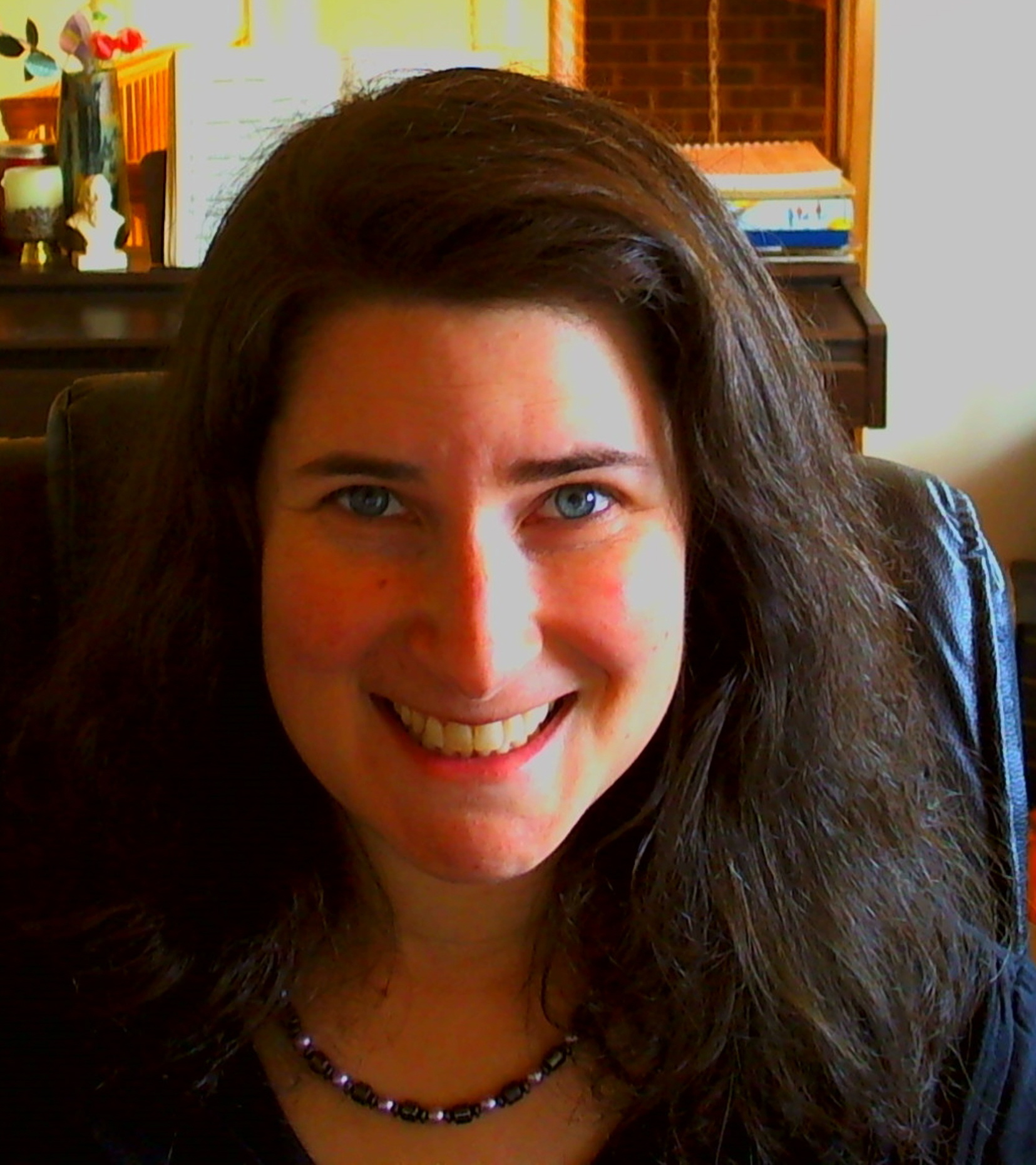Good Thriving Thursday to you! Lately I have been thinking once again about technology and how it can help and hurt us in audience building efforts. As I mentioned in my book, The How of Audience Development for the Arts, technology allows all of us to streamline our marketing, ticketing and donor processes. The double edge sword effect comes in when we rely too heavily on the technology to do our relationship building jobs.
Only human interaction, real human interaction, will make people want to get to know us and become more involved in supporting us. Anything that is formatted and easily processed through technology is seen to be just that, a lame effort to send the same message to everybody since you do not have time to interact with them individually.
Is sending blasts better than nothing? Maybe. Maybe not. It depends on what you want to accomplish.
If you want relationships with real people that will have your arts business’ back, these blasts will not create that type of relationship. It takes individualization in order to accomplish the goal of true happy and loyal audiences. This means that instead of relying on your technology to blast out your messages for tickets and support, use the technology instead to help save you time in individualizing your messages.
Segmenting is the very first step, and there are other steps you can take too. Have any of you tried adding a field in your eBlast programs that have a personal message that will post in the email automatically for you? Have you attempted to write a quick note on a few (if not all) of your donor ask letters? Have you sent out individual thank you notes and emails to people that deserve these special thank yous?
Technology being used to save time and money can be rather impersonal, and this is hurting our industry. It’s time to get personal again.
Cheers to happy and loyal audiences,
Shoshana
Shoshana Fanizza
Chief Audience Builder, ADS
Image: By Søren Niedziella from Denmark (Albion_Chieftain_Medieval_Sword_08 Uploaded by tm) [CC BY 2.0 (http://creativecommons.org/licenses/by/2.0)], via Wikimedia Commons

![By Søren Niedziella from Denmark (Albion_Chieftain_Medieval_Sword_08 Uploaded by tm) [CC BY 2.0 (http://creativecommons.org/licenses/by/2.0)], via Wikimedia Commons](http://buildmyaudience.com/wp-content/uploads/2015/06/512px-Albion_Chieftain_Medieval_Sword_08_6091902415-200x300.jpg)



